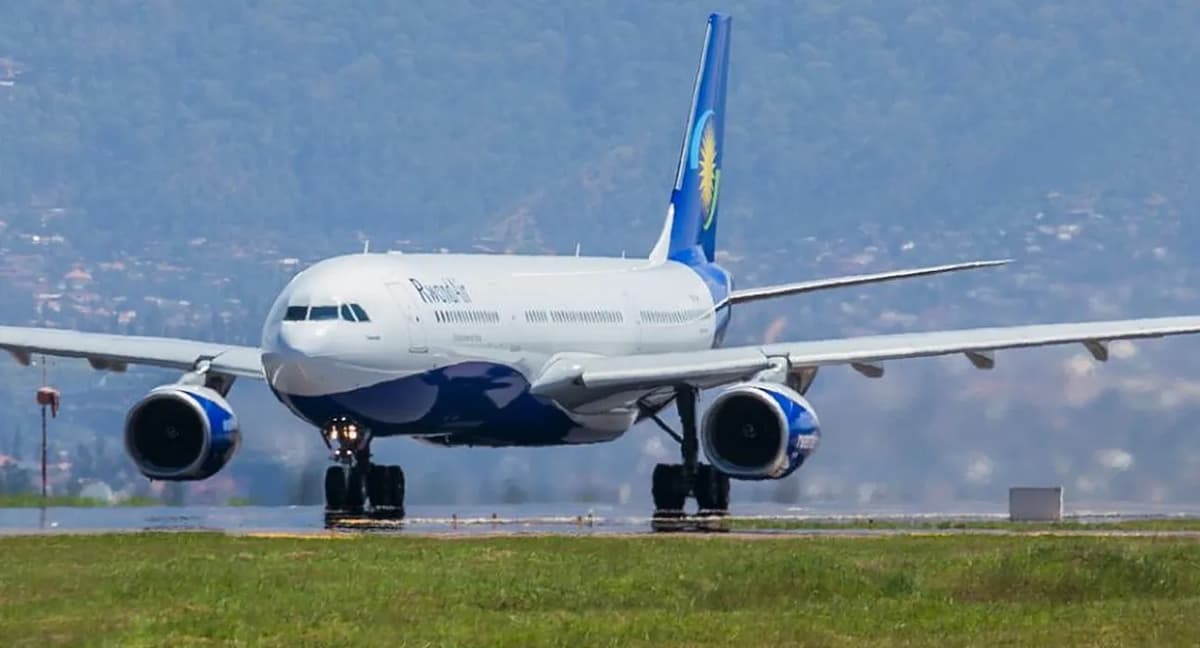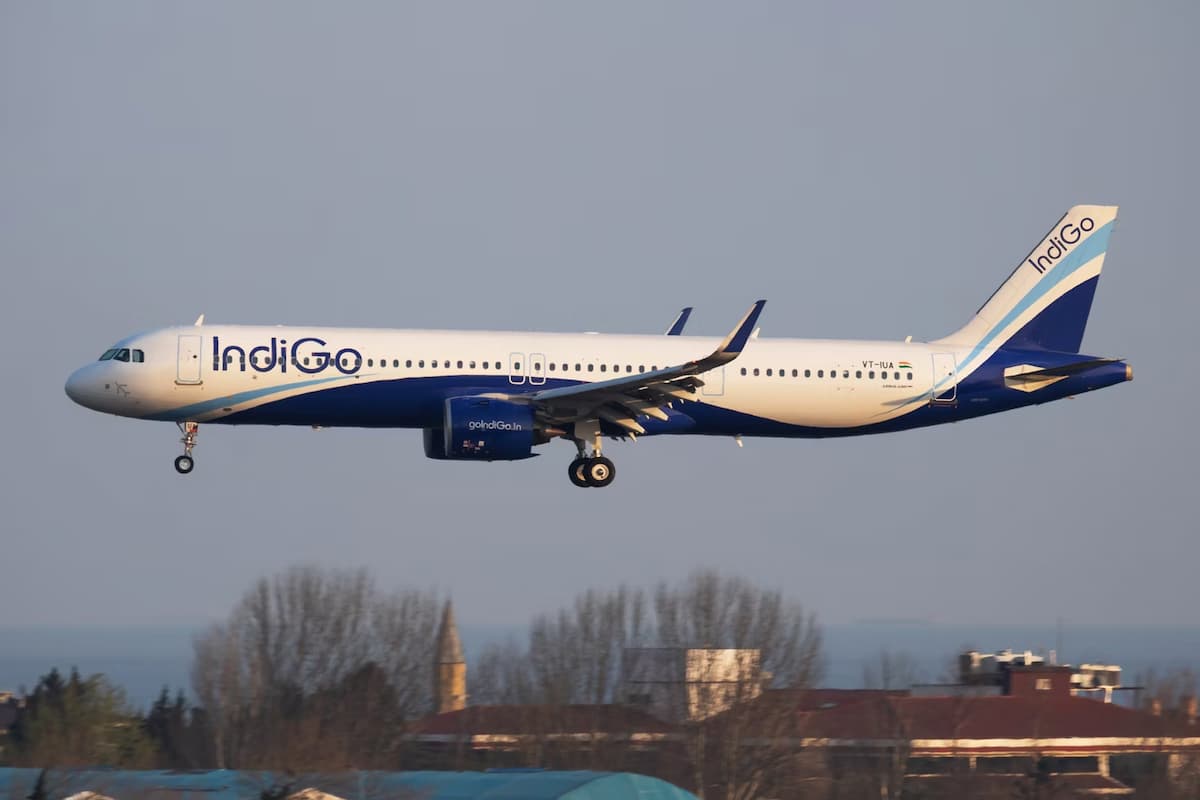Most talk about generative AI is bombastic. Yes, today’s tech has accuracy and security issues. But that will be resolved within a few years. The tech will then transform hotel revenue management.
Hotel companies hope artificial intelligence (AI) will improve their skill at pricing rooms. Known as revenue management, the field relies on forecasting and is ripe for disruption.
The changes won’t happen overnight. Hotel revenue managers have worries about the security and reliability of today’s generative AI. But within a few years, software makers will likely overcome the flaws and hotels will reap efficiency gains.
“A lot of proposed applications of generative AI feel like solutions in search of a problem, but revenue management is a perfect use case for it,” said Jeff Edwards, a consultant and former IHG executive. “It’s data-intensive, and it’s too complex for humans to manage in real-time.”
Instilling Trust
A big win would be if AI gave hotel decision-makers more confidence in automated rate recommendations.
Today’s revenue management software typically produces tables or spreadsheets, leaving it up to revenue managers to interpret them.
“With all due respect to the vendors, at too many hotels today, people turn off the computer’s rate recommendations because they’re skeptical — especially as a date approaches,” Edwards said.
AI could let managers ask questions via a chat interface, clarifying the assumptions behind any particular rate suggestion in plain English. That could build trust in the recommendations.
Generative AI could push insight into revenue management up the organizational hierarchy, said Darren Koch, chief product officer at Duetto, whose pricing and related tools are used by more than 4,000 hotel and casino resort properties.
“Today you have asset managers and owners who have perceptions of what the value of their asset is … of what the market will pay,” Koch said. “Sometimes those perceptions are vastly wrong.”
“They may think ‘the team is just not executing properly — get me the €1,000 a night that I deserve,’” Koch said. “But in the future, a computer might tell them that they need to renovate their guest rooms because an analysis of guest reviews, scores, and comments show that the average review score is negatively interacting with the rate.”
Generative AI will likely uncover signals about travel demand from sources of information humans barely consider, said Ryan King, senior vice president at Shiji Americas, a hotel software services firm.
“The recent advances in AI have shown how much data it can process and structure,” King said. “They’re now able to pull in more data and analyze it and see the impact on pricing.”
Exhibit A: Images posted on social media might someday reveal trending preferences among travelers.
Today’s hotel systems typically assign rates generically to groups of rooms, such as the same rate for all rooms with queen beds. Tomorrow’s tech might enable dynamic pricing for individual rooms. An extra-spacious corner room that’s often appeared on social media could, at least in theory, command higher rates.
“Think of how shared images of specific rooms, or more pictures posted from a specific room type, could make that room more valuable,” King said. “It might even be possible for RMS [revenue management software] platforms to assign specific rates for specific rooms based on how those rooms are perceived.”
In short, the ability of AI models to analyze so-called unstructured data could be a game changer for hotel pricing.
“Generative AI, in particular, really excels with content — text, images, video,” said Jason Pinto, co-founder and chief operating officer of Pace Revenue, part of travel tech startup Flyr.
Better Hotel Pricing
Today’s revenue management often struggles to handle ancillaries and other non-room revenue.
“Generative AI could move us from a more generic view to a more surgical view of revenue management,” Edwards said. “This individual buys a lot of extras and eats at our restaurants and has X-tier status in our loyalty program, so let’s offer them this more relevant rate instead.”
Too often software analyzes if demand for a particular night is increasing and whether rates should rise in response. But the software struggles with questions such as how long to hold aside inventory for a last-minute business traveler who might be willing to pay a high price — or for a wedding party that might spend a lot on non-room services.
Artificial intelligence broadly speaking is pushing revenue management from a rules-based approach to a “probabilistic” one, said Pinto of Pace Revenue. The field is essentially becoming more dynamic and responsive in near-real time, which can help hotels capture the most profitable guests rather than just put heads in beds.
GAIO as the New SEO?
A key part of revenue management is the cost of acquiring guests from different sources. The traditional thinking is that if you need to fill rooms because vacancies are high, you can turn to online travel agencies that appeal to leisure travelers. Your revenue may go up, but the commissions may eat into the profitability of these guests.
Generative AI may help hotels to stop blindly chasing demand.
It may also reshape how hotels acquire guests. Today, online travel agencies and global hotel groups have their marketing efforts set up for a world where Google search dominates. What will happen if new types of chat-based search using large-language models significantly displace today’s online search?
“It’s premature because we don’t know how it’ll be monetized, but it will change search,” said Cindy Estis Green, co-founder and CEO of Kalibri Labs, a hotel data analytics firm. “There will be new practices with new costs that will potentially displace search engine optimization and paid digital.”
It seems possible that if travel buyers change how they search for travel, that might lead to the equivalent of generative AI optimization (GAIO).
“Today, listing on Booking.com, etc., is essentially a cost-effective proxy for appearing high in Google search, especially for smaller hotel companies and independent hotels,” Pinto said. “These players will want to know how to become the property that is the answer to the kind of questions travelers pose to generative AI-based booking systems. Will some ways of generating marketing content about your hotel prove more effective?”
Hotel Revenue Management Upheaval
Generative AI’s large promise will take years to fulfill. Yet early signs are promising.
Cloudbeds, a hotel software system, already uses some tools with generative AI components for its operations as a company. It uses GitHub Copilot, which is generative AI for coding, and Jasper, which is generative AI for copywriting. It also taps generative AI for analyzing customer service requests.
“The practical lift of what we gain from each of those three areas is anywhere from 10% to 20% productivity, which as a CEO I consider really good,” said Cloudbeds founder and CEO Adam Harris. “That shows the potential as the technology is applied in the future to other areas, like revenue management.”
Some analysts doubt there will be a sudden widespread adoption of generative AI in revenue management.
“I don’t think there’s going to be a big bang like OpenAI had with ChatGPT 3,” Koch said. “I’d be surprised if it happened in this industry because of the fragmented nature of the data and technology.”
In other words, revenue management systems are only as good as the data fed into them. Too many hotel companies provide their systems with incomplete pictures because their data is siloed in a mix of systems. Some are physically still on-premise at hotels, rather than in the cloud, and don’t share data well.
There’s an implication to this reality, however. The first hotel companies to unify their data and apply generative AI-based technology have an opportunity to leap ahead of rivals in snatching up more-profitable sources of demand.
In the meantime, there are concerns about “hallucinations” – when AI returns inaccurate information – and security.
“To commercially use it, we need to make sure we can securely use it,” said Brian Kirkland, chief information officer at Choice Hotels, in a Bloomberg TV interview. “How do we get private data sets in there? How do we curate the answers?”
“It’s the thing that everybody’s looking at for it to become commercially viable,” Kirkland said. “It’ll be something that really transforms how we do business.”
Koch at the vendor Duetto echoed the sentiment.
“There’s a lot of information asymmetry today, and I expect that to go away,” he said. “There’s also a lot of emotion, and these enhancements will bring more facts into the conversation.”
Source: Skift










